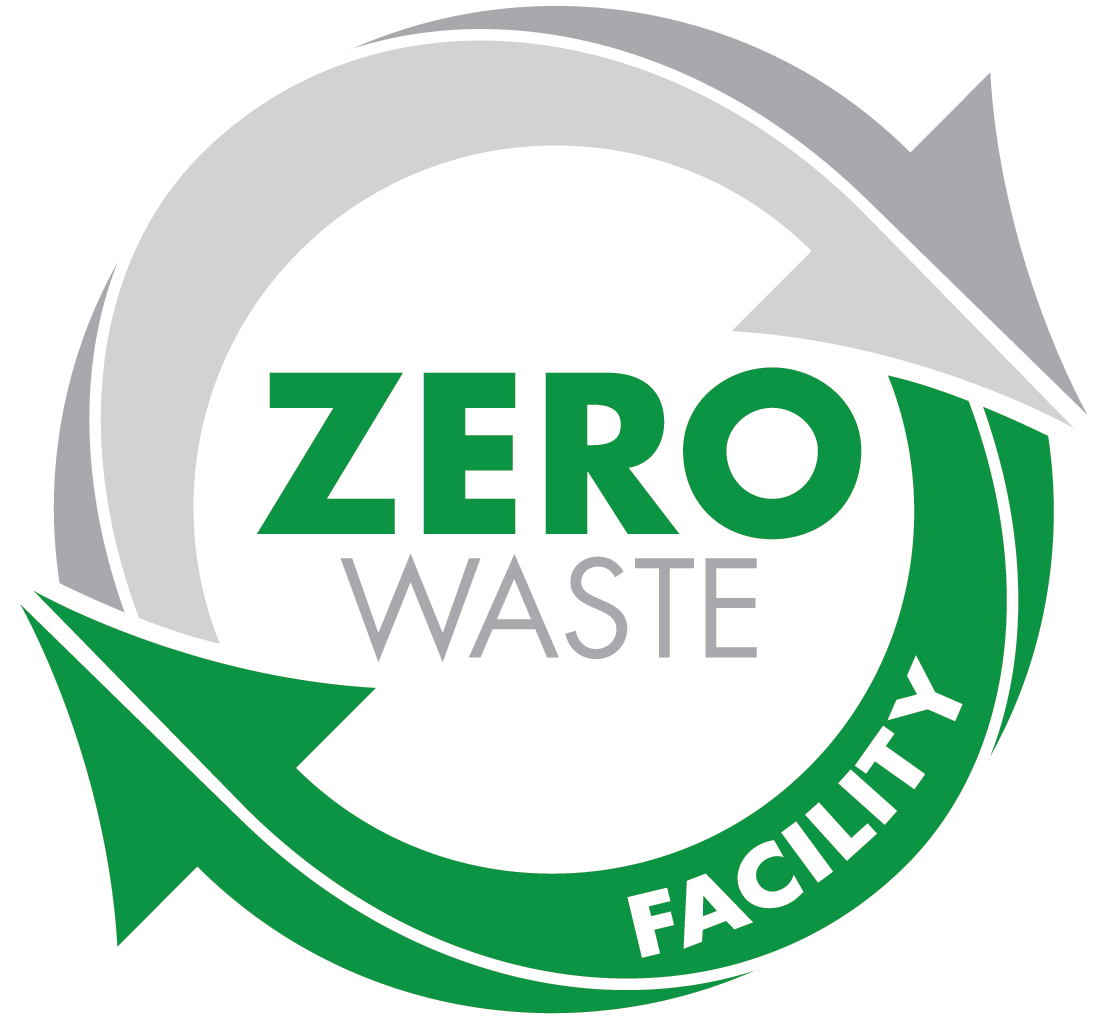Blog
In most electronic devices, it’s the printed circuit board that serves as the base which provides support as well as a surface area for socketed components and wiring. Printed circuit board assembly usually employs composite materials or fiberglass.
Simple electronics need simple circuit board assembly, requiring only a single layer board. Complicated and more sophisticated electronic products, such as computers, may require as many as twelve. Here is a basic guide to PCBA, from Permatech Electronics:
Single-layer or single-sided PCB
As the name suggests, this kind of PCBs has one single layer at one side of the board, coated with copper as electrical conductor connecting all the components. The copper base is then covered by a protective solder mask and topped by silkscreen to indicate the names or codes representing the components on the board.
Single-sided PCBs are the easiest to design, manufacture and assemble. They are ideal for high-volume orders and are commonly used for numerous applications such as printers, power supplies, cameras, stereo equipment and calculators.
Double-layer or double-sided PCBs
This type of circuit board has a substrate coated with conductive metal on both sides of the board. The circuits on one side are connected to the circuits on the other side through the holes drilled through the circuit board. This method of connection is called through-hole. In printed circuit board assembly, small leads or wires are soldered to the right component through these hole.
Another common method is surface mount technology, which requires no wires to connect components. Rather, the board itself is utilized as a wiring surface for small leads which are directly soldered to the board. They are used in applications that need more complex circuitry such as automotive dashboards, HVAC systems, amplifiers and industrial controls.
Multiple layer PCBs
These boards can consist of three or more layers of PCBs which are held together using a specialized glue. Each layer is insulated to protect the components from melting. Multi-layer PCBs can be assembled with twelve layers in different sizes. Before the printed circuit board assembly is done, designers can create very complex designs for a broad and a range of complicated electrical applications. These include satellite systems, medical equipment, file servers and data storage.






